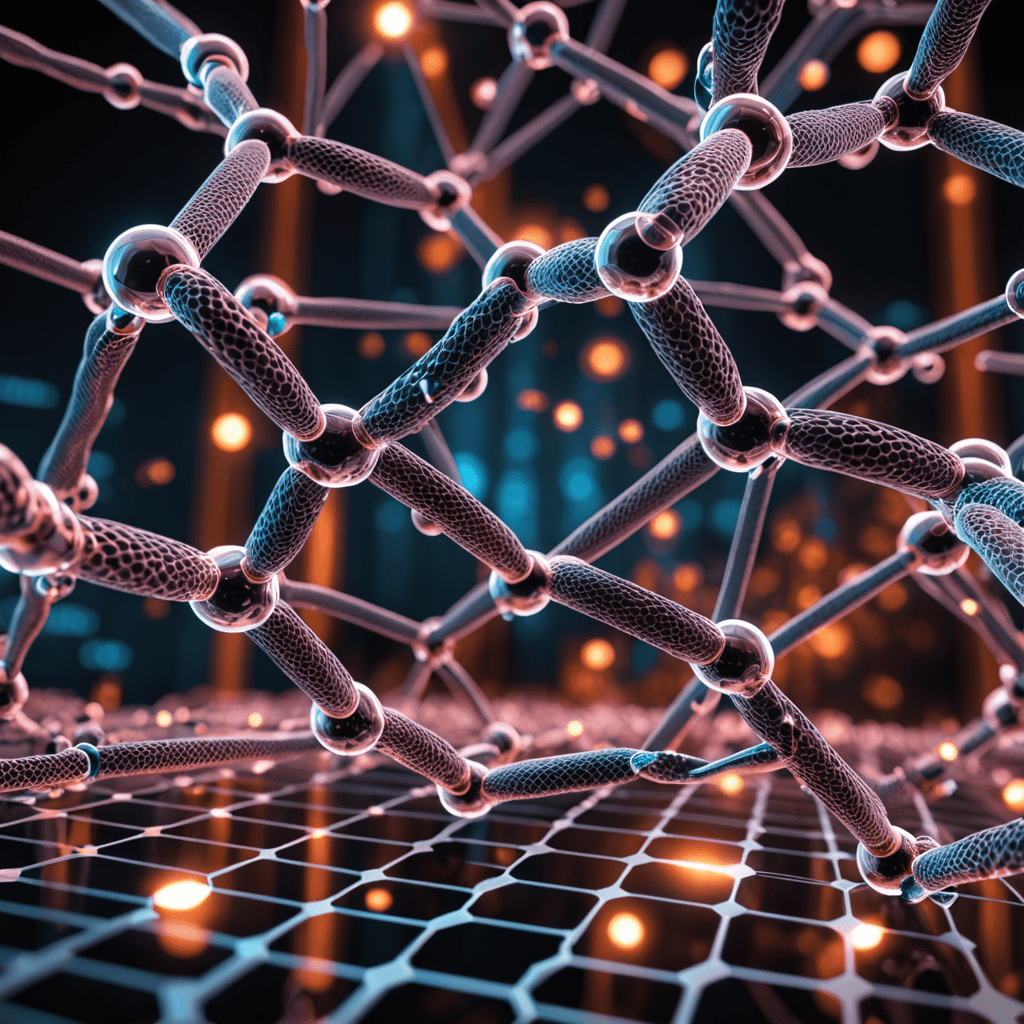
Nanotechnology in Biotechnology: Enhancing Research Capabilities
Introduction to Nanotechnology in Biotechnology
Nanotechnology, the manipulation of matter at the nanoscale, has revolutionized various industries, including biotechnology. In biotechnology, the application of nanotechnology has significantly enhanced research capabilities, allowing scientists to explore new frontiers in medicine, agriculture, environmental science, and more.
The Role of Nanotechnology in Biomedical Research
One of the key areas where nanotechnology has made a profound impact is in biomedical research. Nanoparticles, with their unique physical and chemical properties, have been utilized for drug delivery, imaging, and sensing applications. These nanostructures have improved targeted drug delivery, reduced side effects, and enabled precise imaging of biological systems.
Nanotechnology in Agriculture and Food Science
In agriculture and food science, nanotechnology has enhanced research capabilities by improving crop yield, enhancing nutrient delivery, and detecting contaminants in food products. Nanosensors can detect pesticides or pathogens with high sensitivity, ensuring food safety and security.
Environmental Applications of Nanotechnology
Nanotechnology plays a crucial role in environmental science by offering innovative solutions for pollution remediation, water purification, and energy efficiency. Nanomaterials can efficiently remove pollutants from water and air, leading to a cleaner and healthier environment.
Challenges and Ethical Considerations
While nanotechnology offers immense potential in biotechnology research, there are challenges and ethical considerations that need to be addressed. Concerns about the environmental impact of nanomaterials, their long-term effects on human health, and regulatory frameworks are crucial aspects that researchers must consider.
Future Prospects and Innovations
Despite the challenges, the future of nanotechnology in biotechnology looks promising. Continued research and innovation in nanotechnology will lead to the development of advanced therapeutics, smart agricultural practices, and sustainable environmental solutions. Collaborations between scientists, policymakers, and industry stakeholders will be vital in harnessing the full potential of nanotechnology.
Conclusion
In conclusion, nanotechnology has transformed the field of biotechnology by enhancing research capabilities and enabling groundbreaking discoveries. By leveraging the unique properties of nanomaterials, scientists are unlocking new possibilities in medicine, agriculture, and environmental science. As research in this field progresses, the integration of nanotechnology in biotechnology promises a brighter and more sustainable future.


